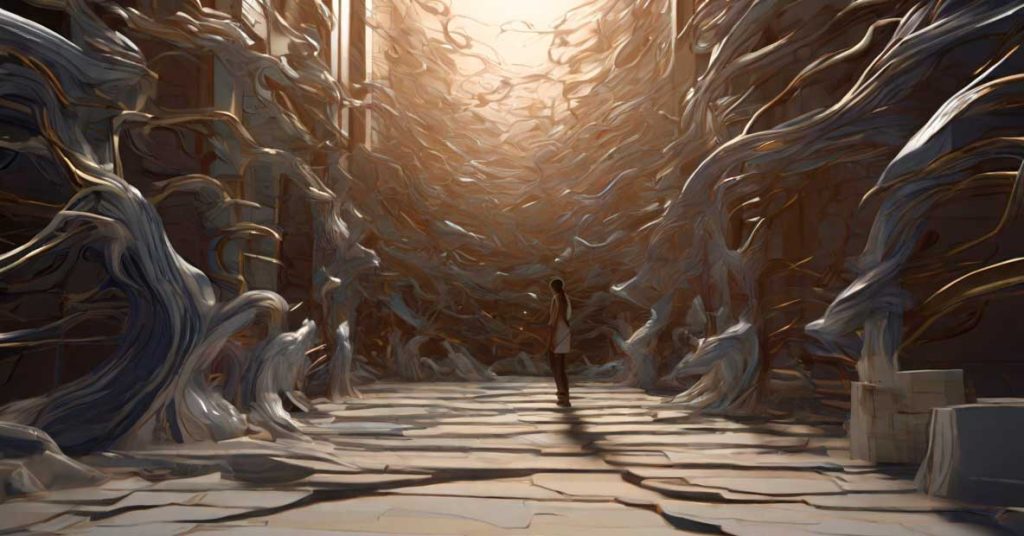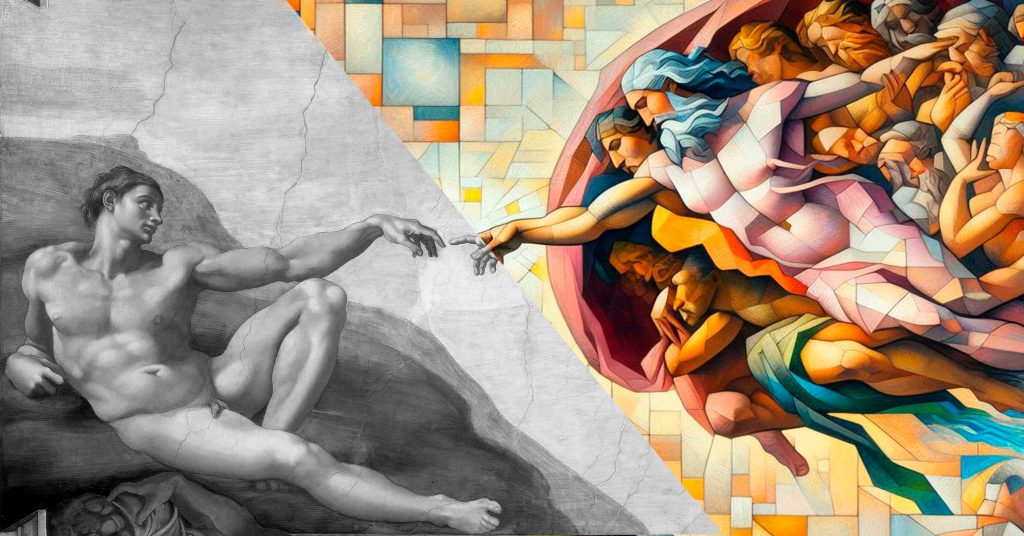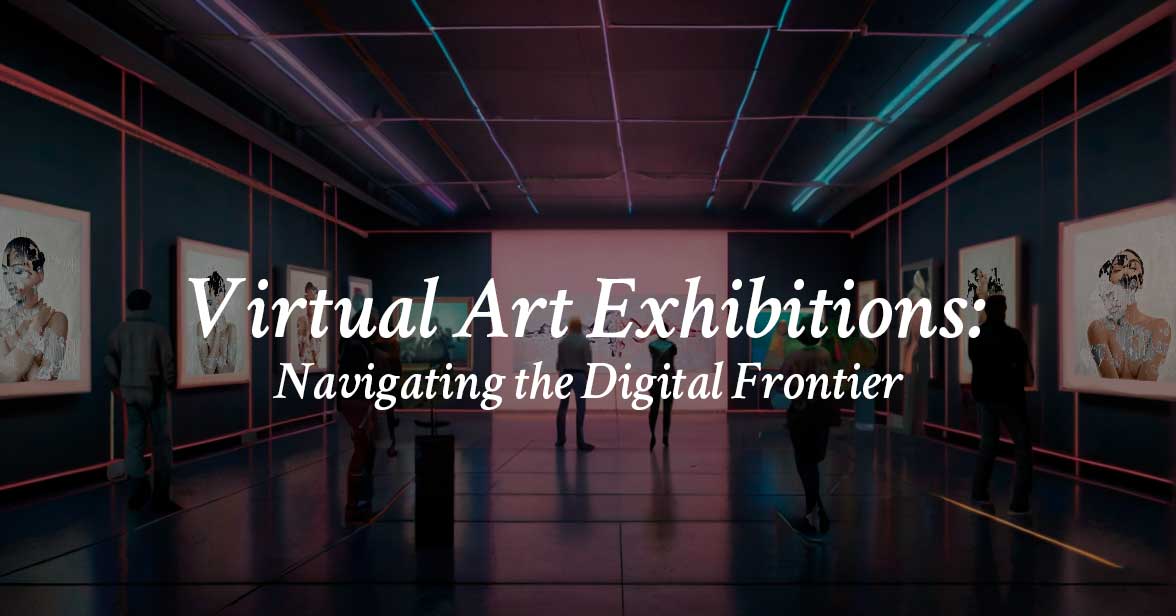
introduction
Art is a powerful form of expression that can inspire, educate, and entertain. But what if you could experience art in a way that transcends the physical limitations of time and space? What if you could explore the world’s most amazing artworks from the comfort of your home, or even from anywhere in the world? Welcome to the realm of virtual art exhibitions, where the possibilities are endless.
Virtual art exhibitions are online platforms that showcase art in a digital format. They allow you to view, interact, and learn about art in a virtual environment, using different technologies such as 3D galleries, virtual reality (VR) tours, augmented reality (AR) applications, and more. You can access virtual art exhibitions from any device, such as your computer, smartphone, tablet, or VR headset, and enjoy a immersive and engaging experience.
Virtual art exhibitions are not a new phenomenon. They have been around for decades, but they have gained popularity and recognition in recent years, especially during the COVID-19 pandemic, when many museums and galleries had to close their doors to the public. Virtual art exhibitions offer a viable alternative for artists and art lovers to showcase and enjoy art in a safe and convenient way.
But virtual art exhibitions are more than just a substitute for physical exhibitions. They are also a way to embrace the digital transformation of the art world, and to explore new possibilities and opportunities for artistic expression and appreciation. In this article, we will discuss what virtual art exhibitions are, what are their advantages, why you should experience art virtually, how to navigate the virtual art space, and what are the future trends in the digital art world.
What are Virtual Art Exhibitions?
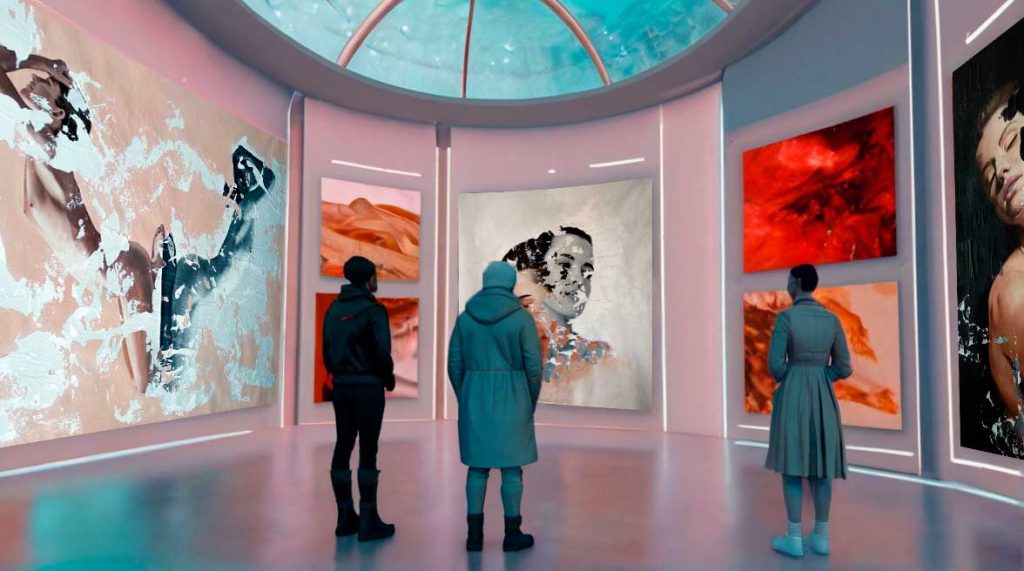

Virtual art exhibitions are online platforms that display art in a digital format. They can take different forms and use different technologies, depending on the purpose, design, and content of the exhibition. Some of the most common formats and technologies are:
- 3D galleries: These are virtual replicas of physical galleries, where you can view artworks in a realistic and detailed way. You can navigate the gallery using your mouse, keyboard, or touch screen, and zoom in and out of the artworks. You can also access information and audio guides about the artworks and the artists. Some examples of 3D galleries are Google Arts & Culture, Artsteps, and Sketchfab.
- VR tours: These are immersive and interactive experiences that allow you to explore artworks in a 360° environment. You can use a VR headset, such as Oculus Rift, HTC Vive, or Google Cardboard, to enter the virtual world and feel like you are there. You can also interact with the artworks and the environment, such as touching, moving, or changing them. Some examples of VR tours are The Kremer Museum, The Louvre, and The British Museum.
- AR applications: These are apps that use your device’s camera and sensors to overlay digital images and information on your real-world view. You can use your smartphone or tablet to scan artworks or locations and see them enhanced with AR effects. You can also create your own artworks and share them with others. Some examples of AR applications are Artivive, ArtLens, and Art Projector.
There are many other formats and technologies that can be used for virtual art exhibitions, such as web-based platforms, video games, social media, podcasts, and more. The main idea is to use digital tools to create and present art in a way that is accessible, interactive, and innovative.
Benefits of Engaging in Virtual Art Exhibitions
Participating in virtual art exhibitions presents numerous advantages, catering to both artists and art enthusiasts. Here are some pivotal benefits:
1. Accessibility
Virtual art exhibitions redefine art accessibility, making it available to everyone, everywhere, and at any time. Bid farewell to the need for travel, payment, or queuing to experience art. Regardless of your location – be it home, office, or school – these exhibitions are accessible from any device. Enjoy the freedom to explore art at your own pace, devoid of time or space constraints. Moreover, gain access to art that might otherwise be out of reach, residing in storage, transit, or private collections.
2. Diversity
The beauty of virtual art exhibitions lies in their ability to showcase a myriad of art forms, styles, genres, and cultures. Traverse through art originating from different countries, regions, periods, and movements, unveiling a tapestry of global creativity. Discover new and emerging artists and trends, and engage in comparisons that offer diverse perspectives and contexts. Immerse yourself in the rich history, meanings, and significance woven into each piece.
3. Interactivity
Virtual art exhibitions elevate engagement through a heightened level of interactivity. Beyond mere observation, you can interact with artworks and their surroundings—touch, move, or even alter them. Participate in dynamic activities, games, quizzes, and surveys, sharing your feedback, opinions, and emotions. Foster communication with fellow visitors, artists, and curators, actively participating in online communities and networks.
4. Cost-Effectiveness
Embracing virtual art exhibitions proves economically savvy for both artists and organizers. Eliminating the need for physical space, materials, and staffing, these exhibitions can reach a broader and larger audience. Visitors reap the benefits by saving time, money, and resources, bypassing the necessity to travel, pay, or wait in line. Additionally, these exhibitions contribute to reducing the environmental impact associated with traditional art exhibitions, minimizing carbon emissions, waste, and energy consumption.
Why Experience Art Virtually?
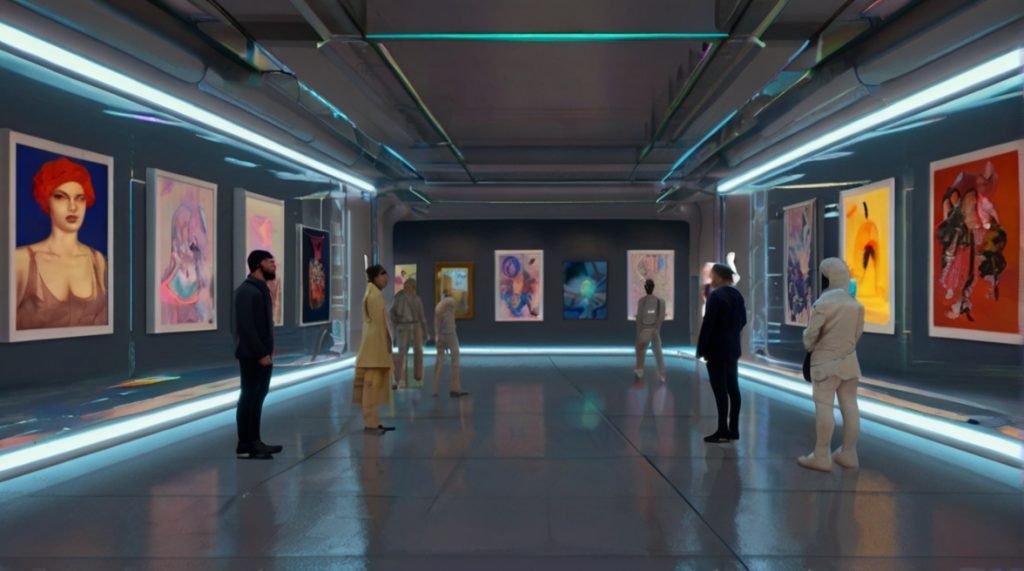

Embarking on a journey through virtual art exhibitions offers a distinctive and thrilling way to immerse yourself in the world of art. Here’s why you should take the plunge:
Access a Diverse Art Universe: Virtual art exhibitions unlock a vast and diverse spectrum of artistic expressions from across the globe. Delve into art originating from different countries, regions, periods, and movements, unveiling the richness of global creativity. Uncover new and emerging artists and trends, gaining insights into artworks that may otherwise be tucked away in storage, in transit, or within private collections. Engage in comparisons, contrasting artworks from various perspectives and contexts, while delving into the history, meanings, and significance behind each piece.
Immerse Yourself in Interactive Features: Virtual art exhibitions elevate your experience through immersive and interactive features. Zoom in and out of artworks, witnessing intricate details with a sense of realism. Step into a 360° environment that transports you to the heart of the art. Interact with the artworks and their surroundings—touch, move, or even transform them. Engage in activities, games, quizzes, and surveys, and share your feedback, opinions, and emotions. Connect with fellow visitors, artists, and curators, forging meaningful connections in online communities and networks.
Indulge in Educational and Entertaining Content: These virtual showcases go beyond the visual, providing a wealth of educational and entertaining content to enrich your art experience. Dive into information and audio guides that unravel the stories behind artworks and their creators, delving into the techniques, materials, and processes involved. Access a treasure trove of educational resources, including videos, podcasts, articles, and books, to expand your knowledge of the art world. Enjoy entertaining content, such as music, animations, and stories, infusing an element of fun into your artistic exploration.
Navigating the Virtual Art Space
Virtual art exhibitions are easy and convenient to access and navigate. Here are some tips on how to make the most of your virtual art experience:
- Choose the right platform: There are many platforms that offer virtual art exhibitions, each with different features, content, and quality. You should choose the platform that suits your preferences, needs, and goals. You should also consider the device, browser, and internet connection that you will use, and make sure that they are compatible with the platform. Finally you should also check the reviews, ratings, and feedback from other users, and see what they think of the platform.
- Create a seamless and user-friendly virtual gallery: If you are an artist or an organizer, you should create a virtual gallery that is seamless and user-friendly. You should design the gallery in a way that is attractive, intuitive, and easy to navigate. You should also provide clear and concise instructions, labels, and menus, and make sure that they are visible and accessible. You should also test the gallery before launching it, and make sure that it works properly and smoothly.
- Incorporate interactive elements: Interactive elements are essential for a rich and engaging virtual art experience. You should incorporate interactive elements that allow the visitors to view, interact, and learn about the artworks and the environment, such as zooming, rotating, touching, moving, or changing them. You should also incorporate interactive elements that allow the visitors to participate in activities, games, quizzes, and surveys, and share their feedback, opinions, and emotions. You should also incorporate interactive elements that allow the visitors to communicate with other visitors, artists, and curators, and join online communities and networks.
Showcasing Artistic Masterpieces


Virtual art exhibitions showcase a wide and diverse range of artistic masterpieces. You can view, interact, and learn about different art forms, such as:


Digital art
Defined by its creation, modification, and presentation through digital technologies, digital art spans diverse forms such as digital painting, photography, sculpture, collage, animation, and more. Techniques like pixel art, vector art, fractal art, and generative art contribute to its richness. Immersive experiences, such as VR and AR installations, are also crafted within the realm of digital art. Examples include The Infinite, The Art of Code, and The Garden of Earthly Delights.
Traditional art
Created using conventional tools and materials like paint, canvas, wood, metal, and clay, traditional art can also exist in digital formats like 3D scans, photographs, or videos. Enhancements through digital technologies, such as filters, effects, or animations, add a contemporary twist. The Mona Lisa, The Starry Night, and The Scream are exemplary pieces within the realm of traditional art.


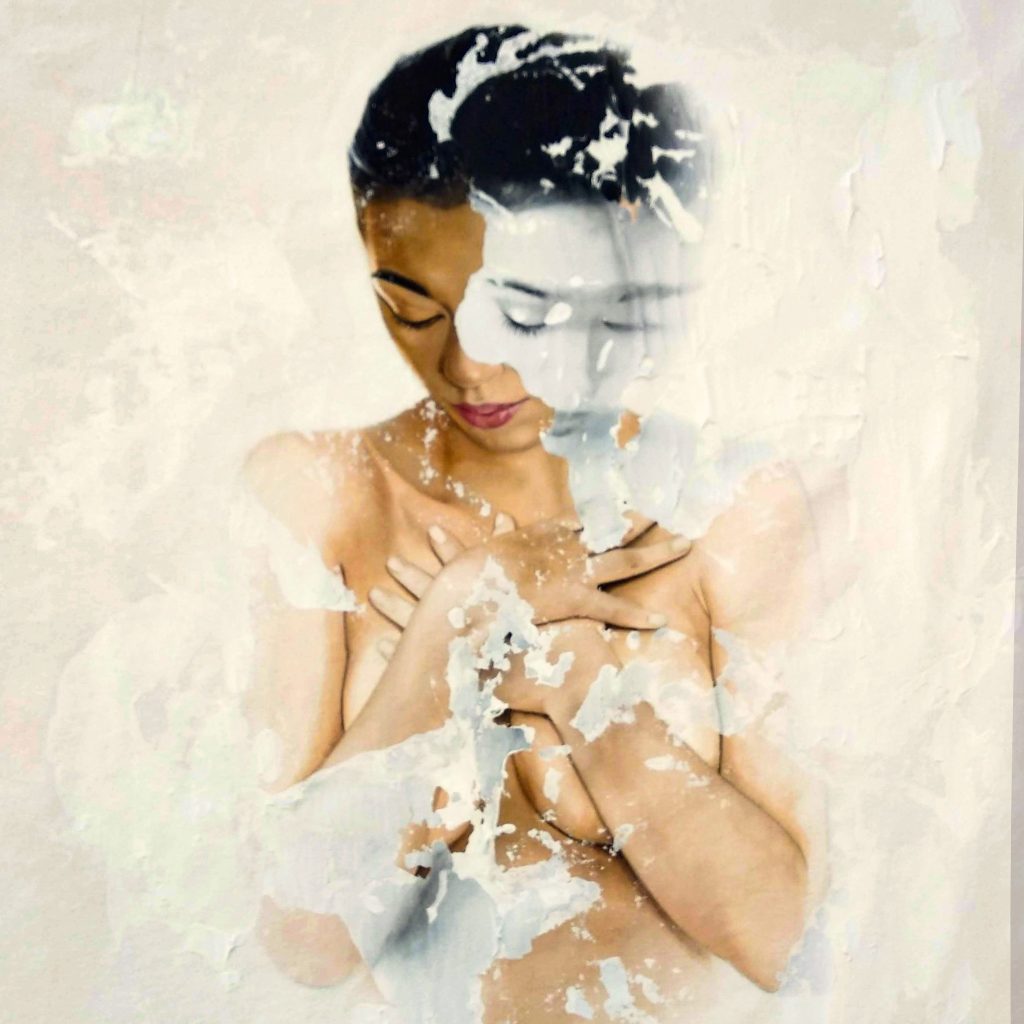

Mixed media art
Bringing together diverse art forms, styles, genres, and media, mixed media art encompasses painting, collage, sculpture, photography, video, sound, and beyond. The integration of digital technologies results in hybrid and experimental artworks, including interactive installations, multimedia performances, and cross-platform projects. Examples of mixed media art include The Clock, The Weather Project, and The Treachery of Sanctuary.
The Future of Virtual Art Exhibitions
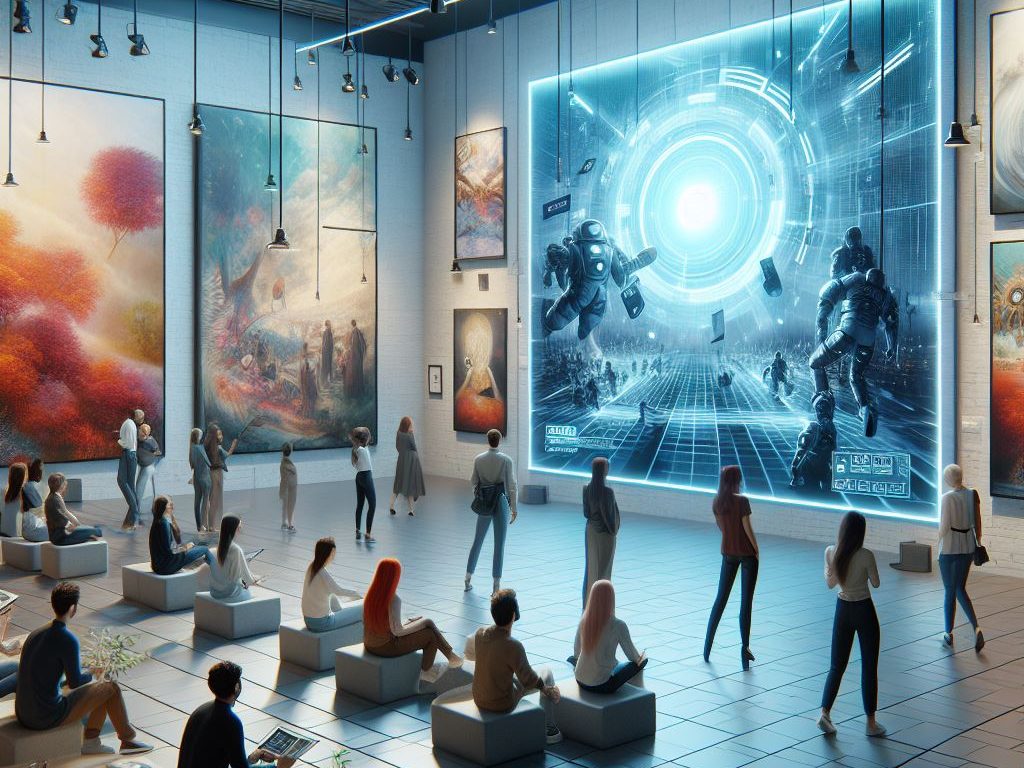

Virtual art exhibitions are not only a present reality, but also a future possibility. They are constantly evolving and innovating, and creating new opportunities and challenges for the art world. Some of the emerging trends in the digital art world are:
- Integration of technology and traditional art forms: Technology is not only a tool, but also a medium and a partner for artistic expression. Technology can enhance, transform, or create new forms of art, such as AI art, biotech art, nanotech art, and more. Technology can also collaborate with artists, such as generating, curating, or critiquing art. Technology can also challenge and question the boundaries and definitions of art, such as authorship, originality, and value.
- Continuous innovation in the virtual space: The virtual space is a limitless and dynamic space, where anything is possible. The virtual space can create new and novel experiences, such as immersive, interactive, and multisensory experiences. The virtual space can also create new and diverse communities, such as online networks, platforms, and markets. The virtual space can also create new and ethical issues, such as privacy, security, and accessibility.
- Increased participation and democratization of art: Virtual art exhibitions enable increased participation and democratization of art, both for artists and art enthusiasts. Artists can create, showcase, and sell their art more easily and widely, and reach new and larger audiences. Art enthusiasts can access, view, and learn about art more conveniently and affordably, and enjoy a richer and more personalized experience. Both artists and art enthusiasts can also interact, communicate, and collaborate with each other, and create a more inclusive and diverse art culture.
Conclusion
Virtual art exhibitions boast numerous advantages, including enhanced accessibility, a rich diversity of artistic expressions, interactive features, and a cost-effective platform for both creators and enthusiasts. Spanning a broad spectrum of artistic masterpieces, from digital and traditional art to mixed media creations, virtual art exhibitions redefine the boundaries of artistic exploration.
These digital showcases epitomize the future of art exploration by seamlessly integrating technology with traditional art forms, fostering innovation in the virtual space, and promoting increased participation and democratization of the art world. They don’t merely serve as substitutes for physical exhibitions but rather herald a digital transformation in the art landscape, opening doors to new possibilities and opportunities for artistic expression and appreciation.
Whether you wield a paintbrush or are an avid art connoisseur, exploring virtual art exhibitions is a must. Dive into the virtual realm to witness firsthand how these exhibitions can elevate and enrich your art experience. With a plethora of virtual exhibitions available online, or the option to create your own, the opportunities are boundless. Share your thoughts, opinions, and emotions with fellow visitors, artists, and curators, and actively participate in online communities and networks. As you delve into these digital spaces, you’ll not only witness art but become a part of it—expressing yourself, forging connections, and navigating the digital frontier that represents the future of art.
FAQs
Q: How can I access virtual art exhibitions?
A: You can access virtual art exhibitions from any device, such as your computer, smartphone, tablet, or VR headset, and from any location, whether it’s your home, office, or school. You just need an internet connection and a web browser, or an app, depending on the platform.
Q: How can I interact with virtual art exhibitions?
A: You can interact with virtual art exhibitions in different ways, depending on the format and technology of the exhibition. You can view, zoom, rotate, touch, move, or change the artworks and the environment. Also you can participate in activities, games, quizzes, and surveys. You can communicate with other visitors, artists, and curators, and join online communities and networks.
Q: How can I learn more about virtual art exhibitions?
A: You can learn more about virtual art exhibitions by accessing information and audio guides about the artworks and the artists, and by accessing educational content, such as videos, podcasts, articles, and books.
Q: How can I create my own virtual art exhibition?
A: You can create your own virtual art exhibition using different tools and software, such as 3D galleries, VR tours, AR applications, and more.
Q: What are the challenges and issues of virtual art exhibitions?
A: Virtual art exhibitions also pose some challenges and issues, such as technical difficulties, compatibility issues, quality issues, and security issues.

